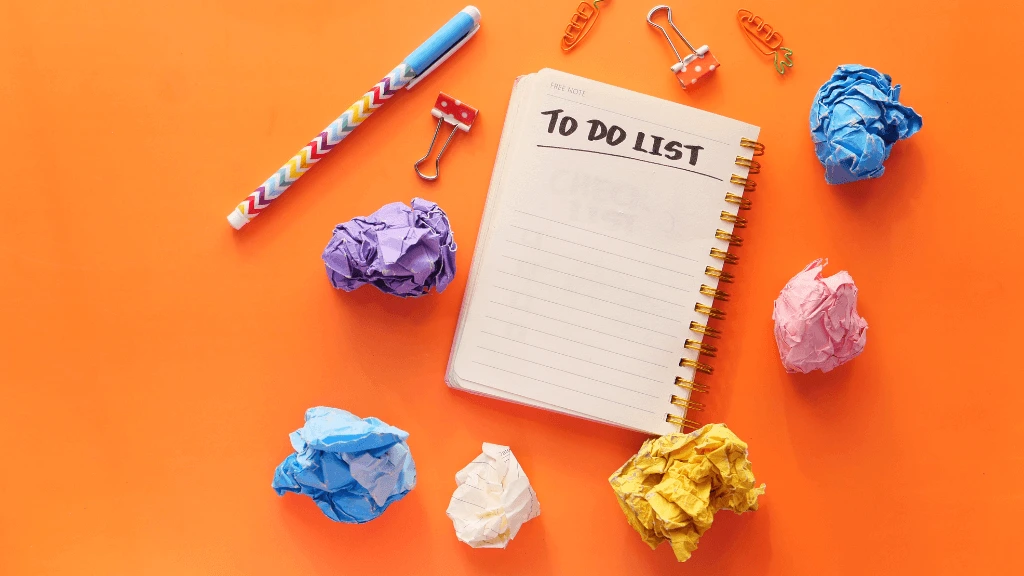How to Stop Procrastinating | Proven Tips for Productivity
Procrastination—we’ve all been there. Whether it’s putting off a work assignment, delaying household chores, or waiting until the last minute to study for an exam, procrastination is a habit many people struggle with. But the good news is, it’s not a permanent condition. With the right mindset and proven strategies, you can overcome procrastination and become more productive and focused.
This comprehensive guide offers real-life, practical tips to help you stop procrastinating, improve time management, and take control of your goals. It’s written in a simple, easy-to-follow format that anyone can benefit from.
What Is Procrastination, Really?
Procrastination is the act of delaying or avoiding tasks that need to be done. Instead of doing what matters, we distract ourselves with things that give us immediate satisfaction—like watching Netflix, scrolling social media, or snacking.
Common Types of Procrastinators:
- The Perfectionist: Waits for the “perfect time” to start.
- The Dreamer: Has big goals but struggles to take action.
- The Avoider: Fears failure and puts off tasks.
- The Busy Bee: Does many things—just not the important ones.
Why Do We Procrastinate?
Understanding why you procrastinate is the first step to fixing it. Here are some of the most common causes:
1. Fear of Failure or Judgment
You delay because you’re afraid you won’t do it perfectly, or you worry about what others will think.
2. Lack of Motivation or Interest
The task feels boring, irrelevant, or just not urgent.
3. Overwhelm or Lack of Clarity
When tasks feel too big or confusing, it’s easy to avoid them.
4. Instant Gratification
We prioritize short-term pleasure over long-term gain. That’s why we choose watching videos over writing reports.
The Real-Life Impact of Procrastination
Procrastination doesn’t just affect your to-do list. Over time, it can:
- Lower self-esteem
- Increase stress and anxiety
- Damage your academic or professional success
- Strain relationships
How to Stop Procrastinating: Step-by-Step Real-Life Tips
1. Start With Self-Awareness
Before you fix the problem, understand your behavior. Ask yourself:
- What tasks do I avoid the most?
- How do I usually distract myself?
- What feelings come up when I think about the task?
This helps you identify patterns and emotional triggers.
2. Break It Down
Big tasks are scary. Break them into smaller, manageable steps. For example:
- Instead of “Write report,” start with “Create outline.”
- Instead of “Clean the house,” start with “Vacuum the living room.”
3. Use the 5-Minute Rule
Tell yourself: “I’ll just work on it for 5 minutes.” Often, starting is the hardest part. Once you begin, you’ll likely keep going.
4. Time Blocking
Schedule specific blocks of time for focused work. During this time:
- Put your phone on silent or in another room
- Use apps like Forest or Pomodoro timers
- Block distracting websites if needed
5. Reward Yourself
Use a reward system to create positive reinforcement. For example:
- Work 30 minutes, then enjoy 10 minutes of a break
- Finish a task, then treat yourself to your favorite snack
6. Accountability
Tell someone your goals. Share your progress with a friend or use a productivity group. Just knowing someone is checking in can boost commitment.
7. Set Realistic Goals
Don’t aim for perfection. Aim for progress. Accept that some progress is better than no progress at all.
8. Visual Reminders
Use sticky notes, to-do lists, or digital reminders. Keep your goals visible to stay on track.
9. Change Your Environment
Sometimes, the environment itself promotes procrastination. Try:
- Working in a library or coffee shop
- Cleaning your workspace
- Using noise-canceling headphones
10. Practice Self-Compassion
Forgive yourself when you slip up. Beating yourself up leads to more avoidance. Learn from the setback and try again.
See Also: 15 Clear Signs of a Healthy Relationship
The Psychology Behind Procrastination
Understanding the mental patterns that cause procrastination can help you break the cycle. Research shows that procrastination isn’t about laziness—it’s more about emotional regulation.
When we feel anxious, insecure, or overwhelmed, we avoid tasks to escape those feelings. But avoidance only makes anxiety worse in the long run.
Cognitive distortions like “I’ll never get this done” or “I need to be perfect” often lead to procrastination. Identifying and challenging these thoughts can help you form a healthier mindset.
Try This:
- Replace “I have to do this” with “I choose to do this to reach my goal.”
- Instead of “I’m too tired,” ask, “What’s one small step I can take right now?”
The more you take action—even small steps—the more confident and less anxious you’ll feel.
Real-Life Stories and Examples
Sarah, 27, Graphic Designer:
“I used to wait for ‘creative inspiration’ to strike. I never started on time and always felt rushed. Now, I set a timer for 20 minutes and just start sketching—no pressure. It changed everything.”
Ahmed, 32, University Student:
“I thought procrastination meant I was lazy. But it turns out I was just overwhelmed. Once I broke down my assignments into small parts, I started getting things done without panic.”
Tools and Apps That Help Beat Procrastination
- Trello — for breaking tasks into visual boards
- Pomofocus — for focused work using the Pomodoro technique
- Habitica — gamifies your to-do list
- Notion — all-in-one planner, notes, and goals tracker
- RescueTime — tracks where your time goes
For Students: How to Stop Procrastinating on Studying
- Set a study schedule and stick to it
- Use active recall and spaced repetition techniques
- Study in groups (only if they stay focused)
- Avoid multitasking
- Use apps like Anki or Quizlet for smart revision
For Professionals: Beat Workplace Procrastination
- Prioritize using the Eisenhower Matrix (urgent vs. important)
- Start the day with your hardest task (Eat That Frog technique)
- Avoid checking emails first thing in the morning
- Set clear goals and KPIs for the week
Build a Long-Term Anti-Procrastination Mindset
- Develop routines: Consistency reduces decision fatigue.
- Track your progress: Use a journal or app to see how far you’ve come.
- Stay mindful: Regular meditation or mindfulness practices help reduce stress triggers.
- Surround yourself with doers: Being around motivated people rubs off.
Final Thoughts
Procrastination may feel like a permanent personality trait, but it’s just a habit—and all habits can be changed. By taking small steps, changing your mindset, and using real-world tools and techniques, you can beat procrastination and start living a more focused, productive life.
Remember: Done is better than perfect. Start now. Even if it’s small, just begin.




Post Comment